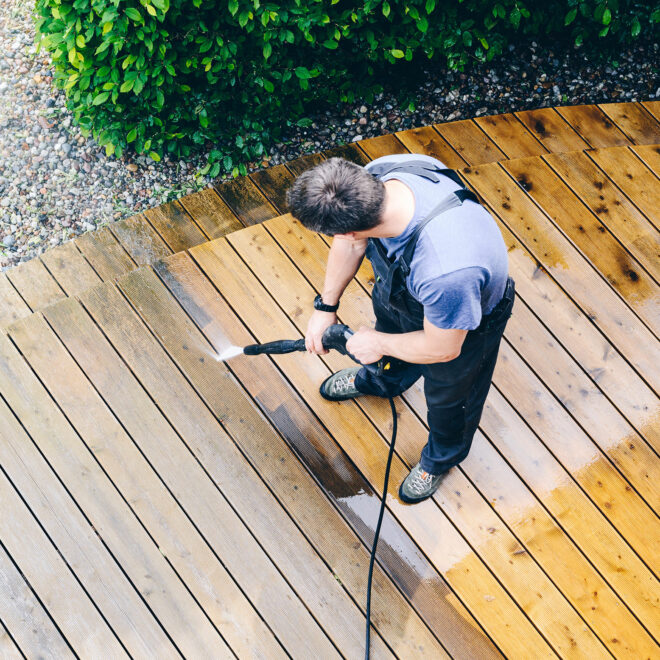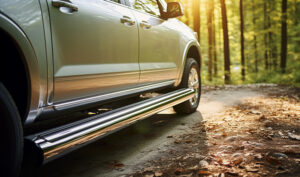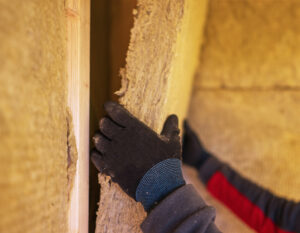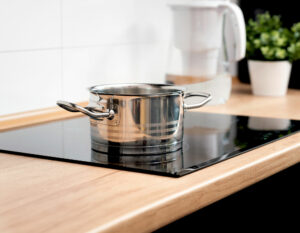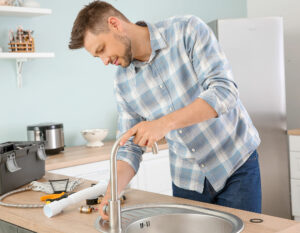Today, we’re going to embark on a journey of discovery, exploring the wonderful world of pressure washers. Whether you’re a proud homeowner looking to spruce up your patio or a car enthusiast aiming to keep your vehicle gleaming, a pressure washer can be your best friend. So, buckle up and let’s dive into the good bit: How to effectively use a pressure washer!
Understanding Pressure Washers
First things first, let’s demystify what a pressure washer is. In simple terms, it is a high-powered cleaning tool that sprays water at high pressure to remove dirt, grime, and other unwanted substances from surfaces. It’s like giving your home or car a deep-cleaning spa day!
Pressure washers work by drawing water from a source (like your garden hose), which is then pressurised using a motor or engine. This pressurised water is expelled through a spray wand, which can be adjusted to control the pressure and spray pattern.
There are several types of pressure washers, each with its own unique features and benefits:
- Electric Pressure Washers: These are powered by electricity and are perfect for light to medium-duty cleaning tasks. They’re quiet, easy to manoeuvre, and don’t produce any exhaust emissions.
- Gas Pressure Washers: These are powered by petrol engines and are ideal for heavy-duty cleaning tasks. They offer higher pressure and flow rates than their electric counterparts, making them perfect for tackling stubborn grime.
- Commercial Pressure Washers: These are heavy-duty machines designed for professional use. They’re built to withstand rigorous use and often have additional features for enhanced performance.
- Home Pressure Washers: These are designed for domestic use and are ideal for cleaning driveways, patios, cars, and more. They offer a balance of power and ease of use, making them useful for most homeowners.
Now, let’s talk about some key terms in pressure washing:
- PSI (Pounds per Square Inch): This measures the pressure output of the washer. The higher the PSI, the stronger the water stream, allowing you to tackle tougher cleaning tasks.
- GPM (Gallons per Minute): This measures the water flow rate. A higher GPM means more water is sprayed in a given time, allowing you to clean larger areas faster.
Choosing the Right Pressure Washer
Choosing the right pressure washer is like finding the perfect pair of shoes – it needs to fit your needs and preferences perfectly. Here are some factors to consider:
- Cleaning Requirements: You need to know what and how often you’ll be cleaning. If you’re mainly cleaning small areas or delicate surfaces, an electric pressure washer with a lower PSI may be sufficient. For larger areas or stubborn grime, a gas one with a higher PSI might be more suitable.
- Portability: Consider the size and weight of your tool. If you’ll be moving it around a lot, look for a model that’s lightweight and has wheels.
- Noise Level: Gas pressure washers tend to be louder than electric ones. If noise is a concern, you might want to opt for an electric model.
- Price: Pressure washers can range in price from affordable to quite expensive, depending on their features and capabilities. Set a budget and find a model that offers the best value for your money.
Now, let’s take a quick look at some top pressure washer brands:
- Kärcher: Known for their innovative designs and high-quality products, Kärcher offers a wide range of pressure washers suitable for various cleaning tasks.
- Sun Joe: Sun Joe offers a variety of eco-friendly, electric pressure washers that are perfect for home use.
- CRAFTSMAN: With a reputation for durability and performance, CRAFTSMAN’s pressure washers are built to handle tough cleaning tasks.
- DEWALT: DEWALT is renowned for its robust and reliable pressure washers, designed for both home and commercial use.
- Westinghouse: Offering a range of both electric and gas pressure washers, Westinghouse combines power and efficiency in their products.
- PowRyte: PowRyte offers a range of affordable, user-friendly pressure washers, making them a great choice for budget-conscious buyers.
Remember, the PSI and GPM ratings are crucial in selecting a pressure washer. They determine the cleaning power of the machine, so choose a model that meets your specific cleaning needs.
Pressure Washer Accessories
Just like a superhero needs its gadgets, a pressure washer needs its accessories. These add-ons can enhance the functionality of it and make your cleaning tasks easier and more efficient. Here are some common accessories:
- Pressure Washer Surface Cleaners: These are round, disc-like attachments that can clean large, flat surfaces quickly and evenly. They’re perfect for cleaning patios, driveways, and decks.
- Pressure Washer Extension Wand: This is a long, wand-like attachment that extends the reach of your pressure washer. It’s great for cleaning hard-to-reach areas like gutters and rooftops.
- Pressure Washer Nozzle: These are the tips that you attach to the end of the spray wand. They come in different shapes and sizes, each producing a different spray pattern and pressure level.
- Foam Cannon: This attachment mixes your detergent with the water to create a thick, rich foam. It’s perfect for washing cars as it helps to lift and remove dirt and grime.
- Pressure Washer Hose: This is the tube that carries the water from the machine to the spray wand. It’s important to have a durable, high-quality hose that can withstand the pressure of the water.
How to Use a Pressure Washer Effectively
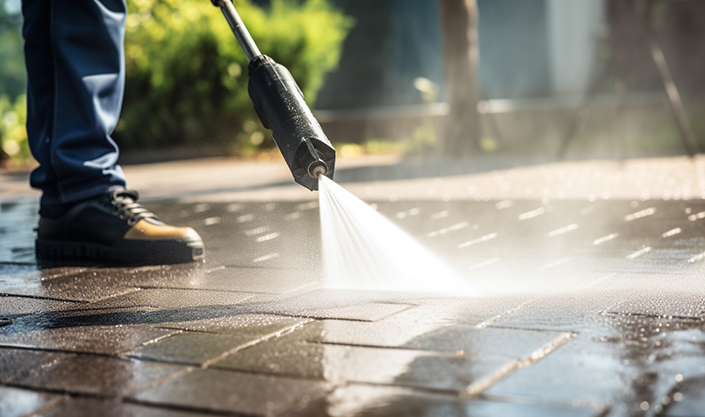
Now that we’ve covered the basics, let’s get down to the fun part – using your pressure washer! But before we start, remember, safety first! Always wear protective gear, like goggles and sturdy shoes, and never point the pressure washer at people or animals.
Here’s a step-by-step guide to using a pressure washer:
- Set Up: Connect your pressure washer to a water source and plug it in (for electric models) or fill it with fuel (for gas models). Attach the desired nozzle to the spray wand.
- Prep Your Surface: Before you start washing, clear the area of any loose debris that could potentially become a projectile under high pressure.
- Apply Detergent: If you’re using detergent, start by applying it to the surface. Use a low-pressure spray pattern to apply the detergent and let it sit for a few minutes to break down the dirt and grime.
- Start Washing: Start the pressure washer and begin washing from a safe distance. It’s best to start with a low-pressure setting and gradually increase as needed. Always spray at a downward angle to avoid damaging the surface.
- Rinse: After you’ve loosened and removed the dirt, switch to a high-pressure spray pattern to rinse the surface. Start from the top and work your way down, making sure to thoroughly rinse away all the detergent.
- Post-Cleaning: Once you’re done cleaning, turn off the pressure washer and disconnect it from the water source. Allow it to cool down before storing it away.
Remember, practice makes perfect! The more you use your pressure washer, the more comfortable you’ll become with its operation and the better your cleaning results will be. And don’t forget to make use of your pressure washer accessories for optimal results. They can truly transform your cleaning experience!
Applications of Pressure Washers
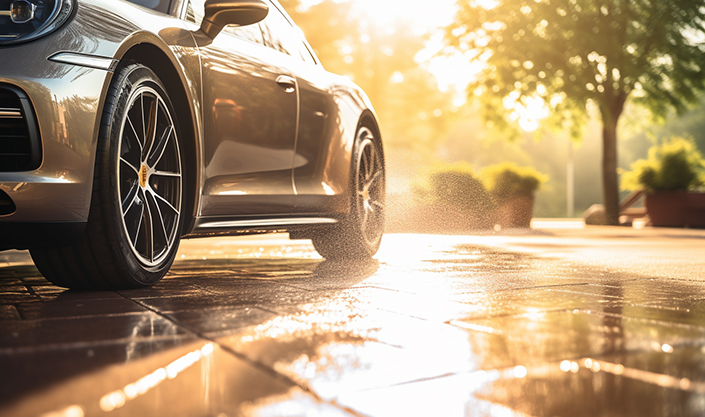
Now that you’re familiar with how to operate a pressure washer, let’s explore some of its applications. The versatility of pressure washers is truly astounding – they can clean almost anything!
- Cleaning Cars: Pressure washers can make your car shine like it’s brand new. Use a foam cannon to apply a layer of foamy detergent, then switch to a high-pressure spray to rinse it off. Remember to keep the nozzle moving to avoid damaging the paintwork.
- Cleaning Driveways: Driveways can accumulate a lot of dirt and grime, but a pressure washer can clean it up in no time. Use a surface cleaner attachment for an even and thorough clean.
- Cleaning Patios: Patios are a popular spot for barbecues and gatherings, and a pressure washer can help keep them looking their best. Use a lower pressure setting for wooden patios to avoid causing damage.
- Cleaning Fences: Over time, fences can become discoloured due to exposure to the elements. A pressure washer can restore its original colour and remove any mildew or algae.
- Cleaning Siding: Pressure washers are perfect for cleaning house siding. Just be sure to use a lower pressure setting and keep the spray at a downward angle to avoid water getting behind the siding.
Remember, every cleaning task is unique, so adjust your pressure settings and choose your accessories accordingly. With the right approach, a pressure washer can tackle almost any cleaning task with ease!
Maintaining Your Pressure Washer
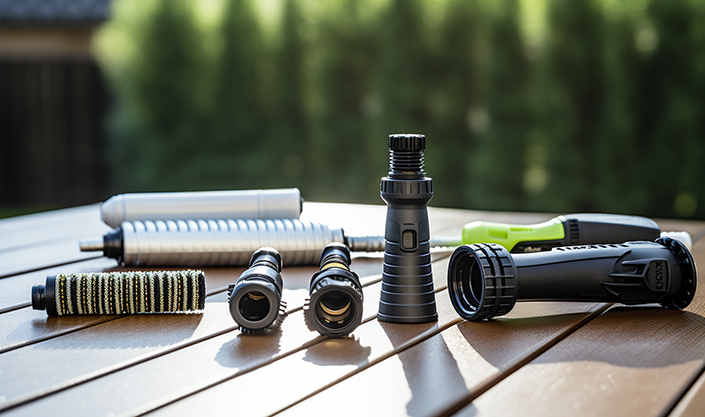
Like any piece of equipment, your pressure washer needs regular maintenance to keep it running smoothly. Here’s a step-by-step guide to maintaining it:
- Check the Oil: If you have a gas pressure washer, regularly check the engine oil level. If it’s low, top it up with the recommended type of oil.
- Clean the Nozzles: Over time, the nozzles can become clogged with dirt or mineral deposits. Use a small piece of wire or a nozzle-cleaning tool to clear any blockages.
- Inspect the Hose: Check the hose for any signs of wear or damage. If you find any cracks or leaks, replace the hose to avoid any potential injuries or damage to the machine.
- Winterise Your Pressure Washer: If you’re not going to be using your pressure washer for a while, especially during the winter, it’s important to prepare it for storage. This usually involves draining any remaining water and running a pump protector through the machine to prevent any internal components from freezing.
Regularly maintaining your pressure washer can prolong its life and ensure it continues to perform at its best.
Conclusion
And there you have it, folks! We’ve covered everything from understanding what a pressure washer is, to choosing the right one, using it effectively, and even maintaining it. We hope this guide has been helpful and has shown you just how versatile and useful a pressure washer can be.
Pressure washers are truly a game-changer when it comes to outdoor cleaning. They can transform a day-long cleaning task into a quick and enjoyable activity. So why not give it a try? With a bit of practice and the right equipment, you’ll be a pressure-washing pro in no time!
Remember, the joy of cleaning is not just about the end result, but also the process. So, let’s make cleaning fun and efficient with a pressure washer. Happy cleaning, everyone!
And that’s a wrap! We hope you’ve enjoyed this deep dive into the world of pressure washers as much as we’ve enjoyed putting it together. When you’re ready to find the perfect pressure washer for you, head to Yavolo to check out our range of pressure washers.
For more amazing blogs on a variety of topics, head to our home page.

